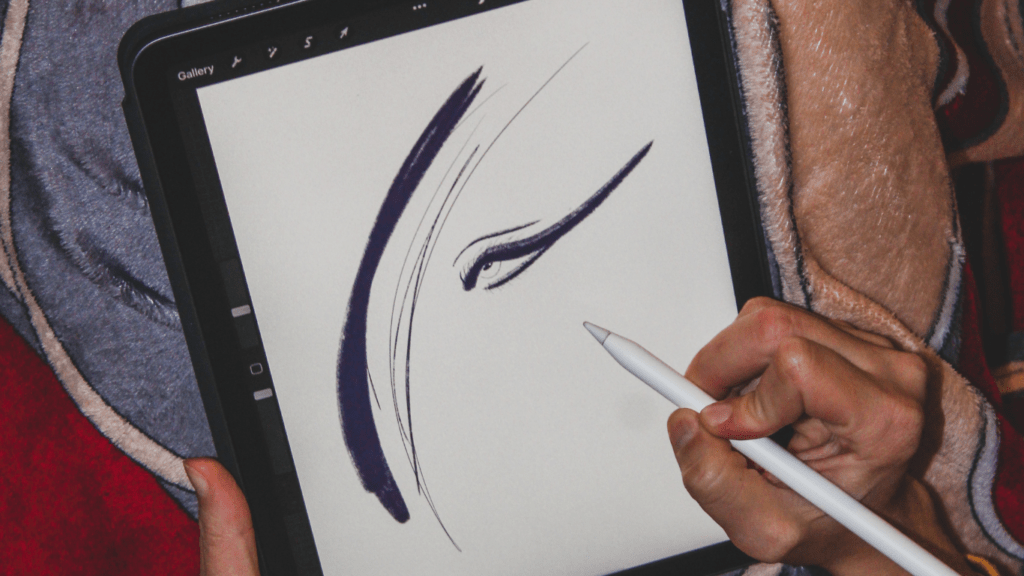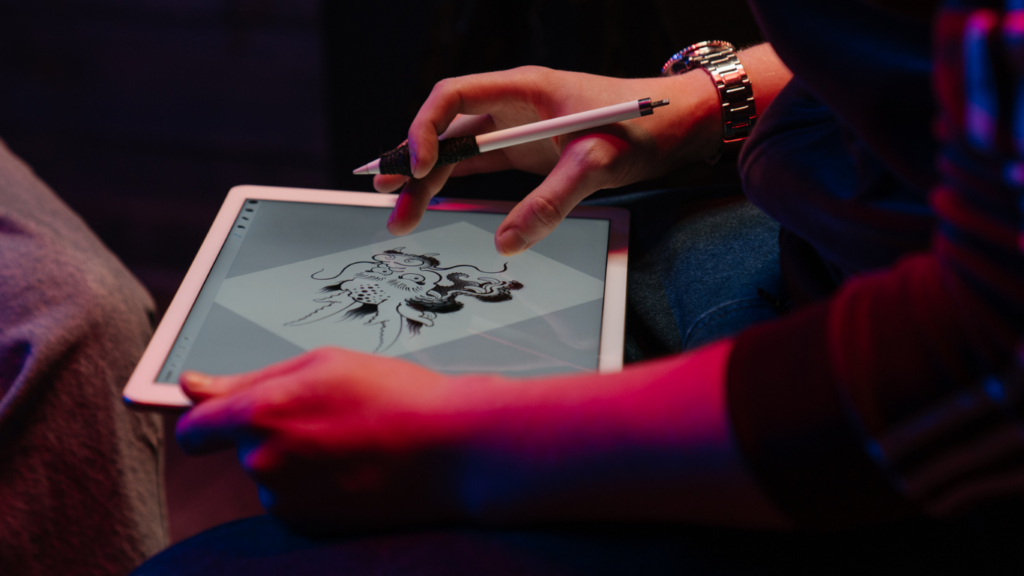The Evolution of Art Competitions in the Digital Age
Art competitions have transformed dramatically in the digital age. Traditional gallery exhibitions have given way to innovative online platforms.
From Traditional Shows to Online Platforms
Online platforms revolutionized art competitions by expanding accessibility. Artists no longer need to physically transport their work for exhibitions. Digital submissions save time and costs, making it easier for artists to participate.
Notable platforms like ArtStation and DeviantArt host competitions regularly. These platforms provide artists with global visibility. ArtStation organizes themed challenges, while DeviantArt’s contests focus on community feedback.
The Influence of Social Media on Art Competitions
Social media plays a significant role in modern art competitions. Platforms like:
showcase artwork to vast audiences. Hashtags and trending challenges boost visibility, engaging followers and potential patrons.
Artists use Instagram Stories and Reels for real-time updates and behind-the-scenes content. Contests like Inktober gain momentum on social media, motivating artists to create consistently. Social media not only amplifies reach but also fosters a sense of community among artists.
The Role of Technology in Modern Art Competitions
Technology has significantly transformed the landscape of art competitions. Digital tools, immersive experiences, and global connectivity have redefined the dynamics of competing in the art world.
New Tools and Techniques for Artists
Artists now leverage advanced software like Adobe Creative Suite, Corel Painter, and Procreate to create stunning digital art. These tools provide various brushes, textures, and effects, allowing artists to explore new artistic directions. Online tutorials and webinars further enhance skill development, making it easier to learn and master these platforms.
Virtual Reality and Enhanced Interaction
Virtual reality (VR) offers immersive environments, letting participants view art in a 3D space from various angles. Platforms like VRChat and Sansar host virtual galleries, enabling artists and audiences to interact in real time. This enhanced interaction bridges the gap between traditional and digital art forms, offering a unique experience that extends beyond static images.
Challenges and Opportunities in Digital Art Competitions
The digital age has transformed art competitions, presenting both challenges and opportunities. Artists must navigate new landscapes to leverage these changes effectively.
Intellectual Property Issues
Digital art introduces significant intellectual property (IP) challenges. Artists must guard their creations online to prevent unauthorized use or copying. Many digital platforms offer limited legal protections, requiring artists to be vigilant. DMCA takedown notices and digital watermarks help protect works, but they’re not foolproof.
NFTs (non-fungible tokens) present a novel way to assert ownership, yet the technology remains nascent and sometimes controversial. Clear guidelines on the platform’s terms and regular monitoring of one’s work are crucial.
Expanding Access to Art Markets
Digital platforms expand access to global art markets effortlessly. Artists showcase their work to international audiences without requiring physical galleries.
Platforms like Etsy, Redbubble, and Saatchi Art enable direct sales, broadening revenue streams. Social media amplifies this reach. Hashtags, challenges, and viral campaigns help artists gain visibility and attract potential buyers. Digital art communities foster collaboration, feedback, and skill enhancement, creating an inclusive art ecosystem.
The Impact of Digital Art Competitions on Artists’ Careers

Digital art competitions have become a pivotal aspect of an artist’s career in the digital age. These competitions offer unparalleled exposure and opportunities for both emerging and established artists.
Case Studies of Successful Digital Artists
Several digital artists have found success through online art competitions. Sakimichan, a well-known digital artist, rose to prominence on DeviantArt through participation in various challenges. By consistently showcasing her skills, she attracted a large following, leading to commissions and collaborations.
Ross Tran, another renowned digital artist, leveraged platforms like ArtStation and YouTube. His participation in digital art battles and competitions helped him gain visibility, culminating in opportunities to work with major studios.
Loish, a digital illustrator, utilized Instagram and Patreon to participate in art challenges. Winning these competitions paved the way for publishing deals and commercial projects, further solidifying her career.
Professional Development via Digital Platforms
- Digital platforms offer numerous resources for professional development. Websites like Skillshare and Udemy provide courses in various digital art techniques. Participating in these courses can improve technical skills, making artists more competitive in online competitions.
- Engaging in communities on platforms like Discord and Reddit allows artists to receive constructive feedback from peers. This feedback can be instrumental in refining techniques and enhancing the quality of submitted work in digital competitions.
- Regular participation in digital art contests on platforms such as Instagram and DeviantArt encourages artists to stay updated with current trends, promoting continuous skill growth and adaptability. Artists can also use LinkedIn to connect with professionals in the industry, expanding their network and discovering new opportunities.
- The impact of digital art competitions on artists’ careers is significant. From exposure and networking to skill enhancement and professional development, these platforms play a crucial role in shaping the trajectory of modern digital artists.

 Donemic Grantnurry, founder of the Avant Garde Artistry Hub, is a visionary at the intersection of art and technology. With a deep passion for innovation, Donemic has created a platform that not only informs artists about the latest tools and trends but also empowers them to transform their creative processes. His dedication to exploring the therapeutic potential of art has positioned Avant Garde Artistry Hub as a key resource for artists seeking to improve both their craft and well-being.
Beyond his work in art technology, Donemic is committed to helping artists build sustainable careers. Through insightful articles on marketing, business strategies, and art competitions, he provides emerging talents with the guidance they need to succeed in the competitive world of art. His work continues to inspire and support a global community of creatives who are passionate about blending art with modern technology.
Donemic Grantnurry, founder of the Avant Garde Artistry Hub, is a visionary at the intersection of art and technology. With a deep passion for innovation, Donemic has created a platform that not only informs artists about the latest tools and trends but also empowers them to transform their creative processes. His dedication to exploring the therapeutic potential of art has positioned Avant Garde Artistry Hub as a key resource for artists seeking to improve both their craft and well-being.
Beyond his work in art technology, Donemic is committed to helping artists build sustainable careers. Through insightful articles on marketing, business strategies, and art competitions, he provides emerging talents with the guidance they need to succeed in the competitive world of art. His work continues to inspire and support a global community of creatives who are passionate about blending art with modern technology.